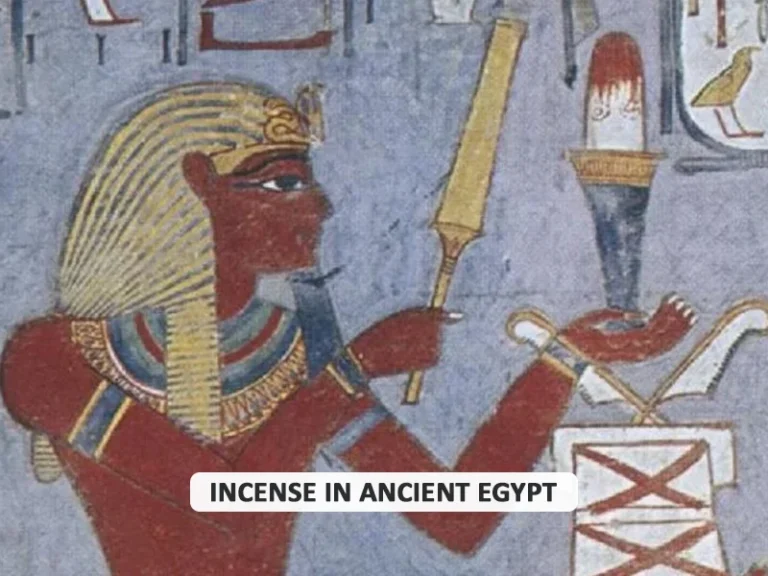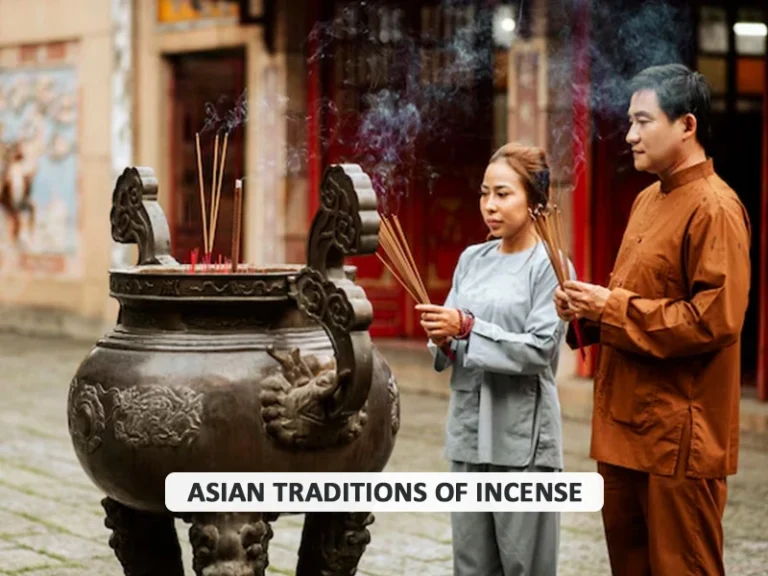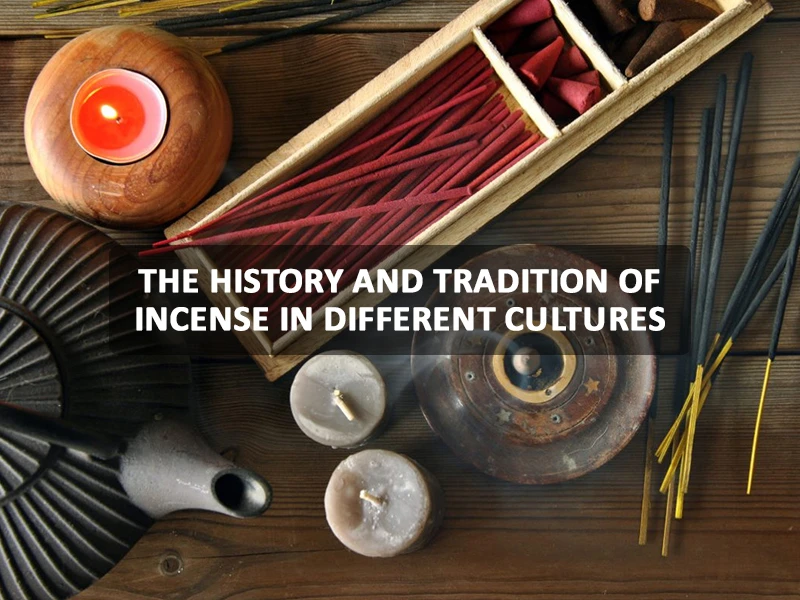Incense has been essential in spiritual and cultural rituals for thousands of years across various civilizations. The smoke and fragrance of natural incense sticks helped transport people to meditative states and pay homage to deities. While incense composition and burning styles have varied between regions, they remain a binding element of cultural heritage. This article explores the history and significance of incense within critical cultures throughout history.
So, ready to understand and go back in time to sift through some history and culture pages, it’s time to find the traces of our incense.
Incense in Ancient Egypt

One needs to visit the Egyptian wing of the British Museum to be struck by the magnificence of Egyptian culture on display. One artifact that will surely catch your eye is a miniature incense burner dating back to 1000 BC. Egyptians commonly used incense made from wood, bark, resins, and spices during religious ceremonies and mummification rituals. Priests would burn cones of incense called kyphi to honor the gods Ra, Isis, and Osiris.
Incense played a crucial medicinal role as well. Egyptians believed the fragrant smoke could help disinfect and ward off evil spirits. Wealthier Egyptians added precious oils and myrrh to their incense formulas. Incense burning was integral to ancient Egyptian spiritual practices for over 3000 years.
Asian Traditions of Incense

Hinduism and Buddhism
Incense was widely adopted in Hindu and Buddhist religious ceremonies across India and parts of Southeast Asia from an early period. The Vedic texts dating back to 1500 BC mention aromatic substances lit during yajna rituals. Commonly used incense materials include sandalwood, cinnamon, clove, and other indigenous herbs. Temple priests consider incense an element of prayer that helps one achieve meditative focus. Even today, incense coils and natural incense sticks burn continuously in places of worship across these regions.
Chinese Culture
The Chinese have cultivated incense traditions for over 2500 years since the Shang Dynasty. Joss sticks used in temples, homes, and imperial courts represent an elegant art form. Many Chinese incense ingredients hold symbolic meanings—for example, agarwood represents nobility, while frankincense symbolizes good fortune. Elaborate joss stick designs also depict figures from Chinese mythology. Regional formulas incorporate anything from medicinal herbs to local flowers. Even in contemporary China, burning incense remains a daily practice linked to ancestry honoring and feng shui.
Japanese Influence
The Japanese adapted knowledge of incense from Chinese influences introduced in the 6th century AD. Unique styles soon emerged, like ko-dō, the art of incense appreciation involving the identification of fragrances. Kyara, an exclusive incense made from agarwood, gained imperial patronage. Seasonal ingredients and minimalist aesthetics reflect the Japanese philosophies of wabi-sabi and mono no aware. Incense ceremonies preserve cultural heritage today while finding new admirers for their contemplative effects.
Middle Eastern Traditions

Early Christianity and Islam
Incense featured prominently in Near Eastern and Mediterranean religions from an early period. The Bible references incense burning in the Jerusalem temple. Incense remains an integral part of many Christian liturgical ceremonies, represented by thuribles used by priests. Islam, too, adopted the Middle Eastern custom of using incense and perfumes for worship, healing, and ritual purification. Foundational Islamic texts note various aromatic plants mentioned by the prophet Muhammad. Frankincense, myrrh, and oud cultivation thus spread throughout the region. Even today, the fragrance of burning incense permeates mosques, churches and homes throughout the Islamic world during festivals and prayers.
Conclusion
While formulas and styles varied across lands and faiths, incense provided a unifying mode of spiritual expression across Eurasia and parts of Africa for millennia. Its adoption helped transmit related beliefs, while trade in incense materials economically linked distant cultures. Today, incense burning continues to preserve age-old traditions as well as find new devotees for its stress-relieving benefits. Overall, the history of incense offers a unique lens into how shared rituals enhanced cultural exchange in our globalized ancient world.








Leave a comment
Your email address will not be published. Required fields are marked *